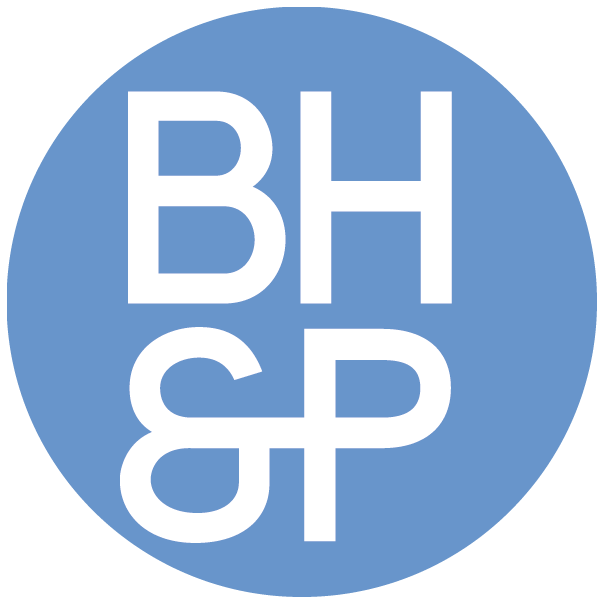
Consumer Research into Families in Lockdown - An Interview
We interviewed Charlotte Butterworth, Managing Director of RED C Research, on the launch of a self-funded qualitative research study into family behaviours in light of the COVID-19 lockdown.
There really has been a big impact on us in terms of the way we go about conducting research itself. Face-to-face contact is often a key part of qualitative research, especially when it comes to children’s research. What has the impact of COVID-19 been for your business? Any unexpected difficulties?
Reading body language plays a major role in gleaning insight from focus groups, so we’ve had to rethink how this is done. Luckily, there are so many online platforms designed to help with this, so we’ve been able to adapt.
It has also raised some difficult questions for those who had projects in the pipeline before the crisis struck – for example, does running consumer research in these times give a strange or skewed view on consumer behaviour?
People are certainly consuming content in different ways, and their needs and behaviours have changed. But these changes still need to be captured and understood for longer term decision-making.
That’s why we’ve decided to launch the families@home project. As researchers, we’re always interested in the ‘now’, so this project is a way for us to stay informed on the changing zeitgeist and show how quickly businesses can pivot to ensure they stay embedded in new consumer behaviours.
Tell us more about the families@home project. What is it, and how did it come about?
In my career, I have always loved doing research with kids and families, so I was naturally fascinated to understand how the pandemic is affecting them. What happens to children now will impact their consumer behaviours later on, so it’s important to take stock of it now.
There’s so much quantitative data out there looking at these effects at a top level – but we need to understand the emotional impact, which you can only really achieve by talking to people.
So we asked some of the agencies we know in France and Italy to see if they’d be interested to work with us on a multi-country qualitative study exploring lockdown life through the eyes of children.
We’re entirely self-funding the project in partnership with Junior City in France, and 2B Research Analysis Exploration in Italy.
Luckily, the insight platform we’re running it on, ‘Together’, is offering its services free to self-funded and benevolent projects.
Visit the RED C website to find out more about the project and download the latest chapters.
Making the decision to self-fund is bold – why did you decide to do this?
To be honest, we’ve toyed with the idea of doing a self-funded study for a long time, but day-to-day work often gets in the way of those ambitions.
We think the time is right to embark on a thought leadership initiative now, to give insight when things are so uncertain.
Working with the two other agencies has been an amazing experience too – we’ve kept each other motivated through all of the beginning stages to the point where now the project has its own momentum. Without their collaboration, it would have been much more difficult to get off the ground.
What insight have you found from the study? Did anything take you by surprise?
It’s a small but deep study, looking at around 10-11 families in each country. We’ve set them 2 detailed tasks a week, and they’re keeping an ‘experiences diary’ to track how the whole family is feeling.
We’re looking at things like staying entertained, screen time, home-schooling, personal care, how parents are dealing with the mental load and so on. Next up is sport & fitness and the impact of the loss of team sports and how family finances are changing.
Comparing the different countries has been interesting –for example, Italy had already been in lockdown since the beginning of March, so we saw some fascinating differences of response when we asked kids to draw pictures on life before and during lockdown.
For the Italian children, the drawings were already showing a much lonelier, frustrated and sad outlook – but equally in the UK, we saw that drawings depicting ‘life before’ were more vibrant than ‘life during’ lockdown.
Incredible creativity has also been inspired – sure, there is still a lot of screen time, but also more time for nice creative projects, as well as traditional forms of communication like sending letters and dropping off gifts outside.
A large-scale quantitative tracker study wouldn’t necessarily pick up on these changes.
Is there critical research work yet to be done that you’re thinking about or looking forward to seeing?
It would be interesting to start to address the answers to the ‘what’s happening next?’ question. Will things ever go back to normal? Will it stay static for much longer?
I’d like to find out about the impact on education, and what that will affect in the long term, e.g. on job prospects and the desire to go to higher education.
Do you think research can benefit companies in uncertain situations right now?
The question for companies considering this kind of thing right now is… what do you want to know? Once you’ve got that part, then ask yourself, is now the right time to ask that question?
The fact that you’re questioning whether or not research might be useful means you have unanswered questions. So think about those questions in relation to the current situation we’re in and where you’d like to see the business in the future. Can you pivot your questions to fit with that future view?
There is always something intriguing about the questions a business needs to ask. The questions are always unique, but the consumer reactions are always critical.
Being able to draw key insight from those reactions will enable you to do good creative work.
The purpose of research is to find out human truths. But you have to dig quite a lot to find this – even in a research scenario, the true insight is often disguised beneath the comments that participants make. That’s why it’s important to make sure you’re tasking that analysis bit to experts, so you can focus on your brand messaging and creative.
How is BH&P helping you to deliver this project?
Enthusiasm! That has been such a massive support for us. It’s always so nice to work with other like-minded organisations.
As well as that, the Spark! Session we had has helped me to think about the fact that we are skilled researchers, not marketers. It’s brilliant to be able to talk about the marketing side of things and bridge the gap that we have there. We’ve talked about brands and content, video and social media, and explored a number of channels we’d never considered before.
It’s also so interesting to think about how to frame things and to build a strategy with an agency that has very similar values.
That value alignment has been so helpful.
BH&P have developed a range of strategies that will not just help us now – but into the future. We’re excited to turn this into a long-term study, focusing not just on the pandemic and lockdown, but on how families are affected 3, 6, 9 and 12 months from now.
Following the Spark! session, BH&P’s designers have worked on a range of graphics and creative executions to help us stand out.
The biggest win from working with BH&P is that we are able to go beyond the day-to-day and think about how we strengthen our brand for the future, as well as reaching new audiences right now.
How can people stay up to date with the project?
Anyone who’s interested to see the next chapters of the study can sign up to our database. We’re releasing a short research digest every week to our subscribers – you just need to drop an email to info@redcresearch.com to be added.
It’s actually amazing to be able to say go ahead and share this widely – we’re so used to a high level of confidentiality on the projects with our clients, so this has been quite a fun departure from that.
That said – we’re keen for people to share this research widely, and to contribute their suggestions on other areas to look at too. We’re putting this out to benefit people – so having that dialogue helps us deliver the most helpful research in future. Visit the RedC website to see the first few chapters.
BH&P and RED C Research have partnered on a number of projects to deliver topical insight to businesses elsewhere they need it most, with clients including banks, charities, and energy companies. If you are a brand and would like to commission an insight project of your own, contact us.
BLOG
|4 MIN READ
BLOG
|4 MIN READ
BLOG
|5 MIN READ
BLOG
|5 MIN READ
BLOG
|4 MIN READ
BLOG
|2 MIN READ
Sign Up




